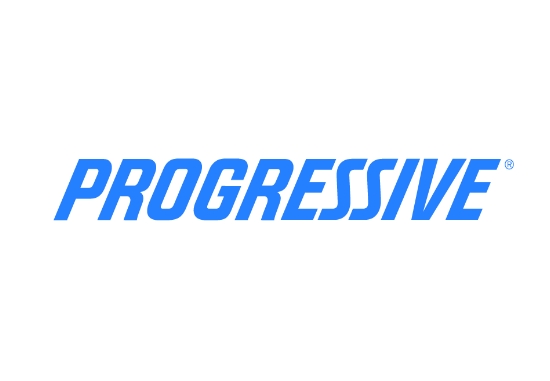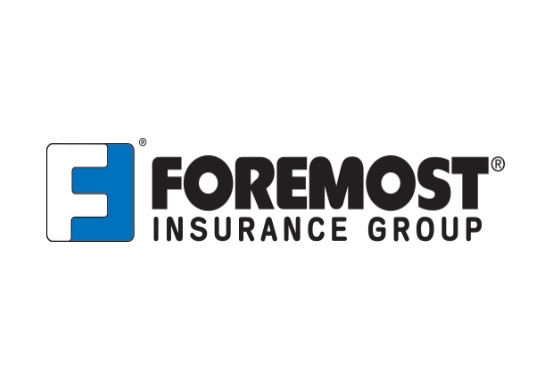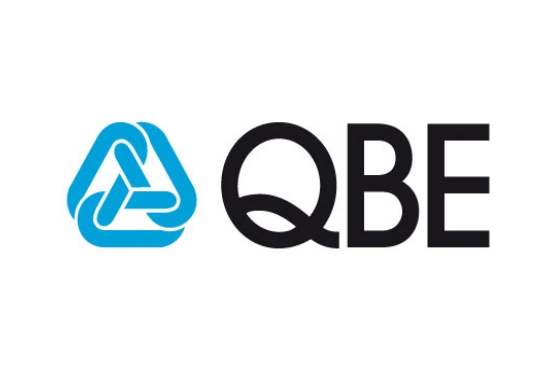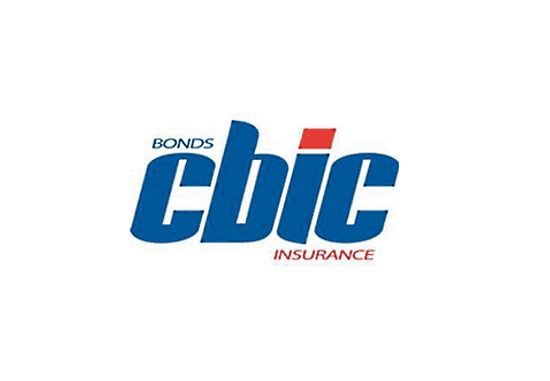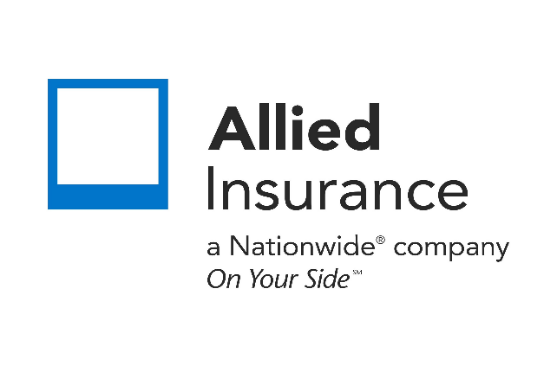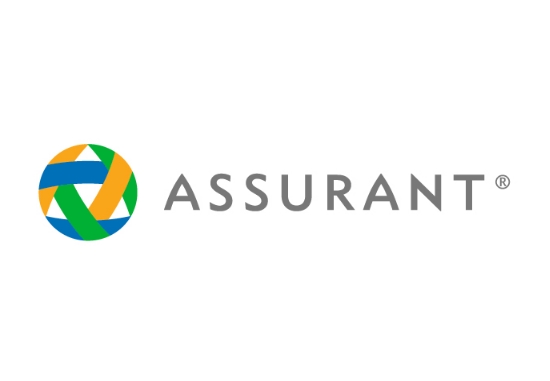Are product warranties a liability?
Understanding Product Warranties: Are They a Liability? Explained
Product warranties are promises made by manufacturers or sellers to repair or replace defective products within a specified period. While warranties offer consumer protection and promote confidence in product quality, they can also pose liabilities for businesses if not managed properly. In this detailed guide, we’ll explore the intricacies of product warranties, examine their potential liabilities, and provide insights into effectively managing warranty programs.
Understanding Product Warranties
Types of Warranties:
- Express Warranties: Explicit promises or guarantees made by manufacturers or sellers regarding the performance, quality, or characteristics of a product.
- Implied Warranties: Unwritten assurances imposed by law that a product is fit for its intended purpose, of satisfactory quality, and matches the description provided.
Components of Warranties:
- Duration: Specifies the length of time during which the warranty is valid, ranging from a few months to several years, depending on the product and terms.
- Coverage: Defines the scope of protection provided, including repairs, replacements, or refunds for defects in materials, workmanship, or performance.
- Conditions: Outlines the requirements or limitations for warranty coverage, such as proper use, maintenance, installation, and timely notification of defects.
Potential Liabilities:
- Financial Costs: Warranty claims, repairs, replacements, and associated expenses can incur significant financial burdens for businesses, especially if product defects are widespread or severe.
- Reputation Damage: Poorly managed warranties or unresolved customer complaints can tarnish a company’s reputation, erode consumer trust, and result in negative publicity.
- Legal Risks: Non-compliance with warranty obligations, misleading warranty terms, or failure to honor warranty commitments can lead to lawsuits, regulatory penalties, and legal disputes.
Managing Warranty Liabilities
- Clear Communication: Provide accurate, transparent, and easily accessible warranty information to customers, including terms, coverage, limitations, and procedures for making claims.
- Quality Assurance: Implement robust quality control measures throughout the manufacturing, testing, and distribution processes to minimize product defects and warranty claims.
- Proactive Customer Service: Respond promptly to customer inquiries, complaints, and warranty claims, demonstrating a commitment to customer satisfaction and resolving issues efficiently.
- Risk Assessment: Regularly evaluate the financial, operational, and legal risks associated with warranty programs, identifying areas for improvement and implementing corrective actions.
- Insurance Coverage: Consider purchasing product liability insurance or warranty protection plans to mitigate financial risks and liabilities associated with warranty claims and product defects.
While product warranties serve as valuable marketing tools and consumer protections, they also entail potential liabilities for businesses, including financial costs, reputation damage, and legal risks. By understanding the components of warranties, recognizing potential liabilities, and implementing effective management strategies, businesses can mitigate risks, enhance customer satisfaction, and protect their brand reputation in the marketplace.
We will find the best business insurance tailored to your needs. Read more…
Related Posts
Get a Right Insurance For You
SHARE THIS ARTICLE
We will compare quotes from trusted carriers for you and provide you with the best offer.
Protecting your future with us
Whatever your needs, give us a call, have you been told you can’t insure your risk, been turned down, or simply unhappy with your current insurance? Since 1995 we’ve been providing coverage to our customers, and helping people across United States.


